
If you’re planning a trip to Europe in 2023, you’re likely going to hit up the usual tourism suspects — the flea markets of East London, Berlin’s never-ending nightclubs, ancient Roman ruins, and so forth. In between all that site-seeing, you’re going to need a drink or three. Luckily, you’ll already be in Europe where a great brewery and beer are never too far away.
Finding a good beer in most corners of Europe is often simply a matter of following the locals, doing some research, and asking some experts for guidance. After all, you don’t want to waste your time or money on cheap, pissy beer on your vacation in Europe. Right?!
To help you find the coolest breweries to visit, we went to the experts for help. We asked a handful of well-known brewers, beer professionals, and craft beer experts to tell us the European breweries you need to visit in 2023. Keep scrolling to see these monuments to beer that rival any leaning tower you’d want to stand near and pretend your holding for a novelty photograph you’ll never look at again.
Big Mountain Brewing Co. in Chamonix-Mont-Blanc, France — Charlotte Herndon, taproom and events Manager at Exhibit ‘A’ Brewing
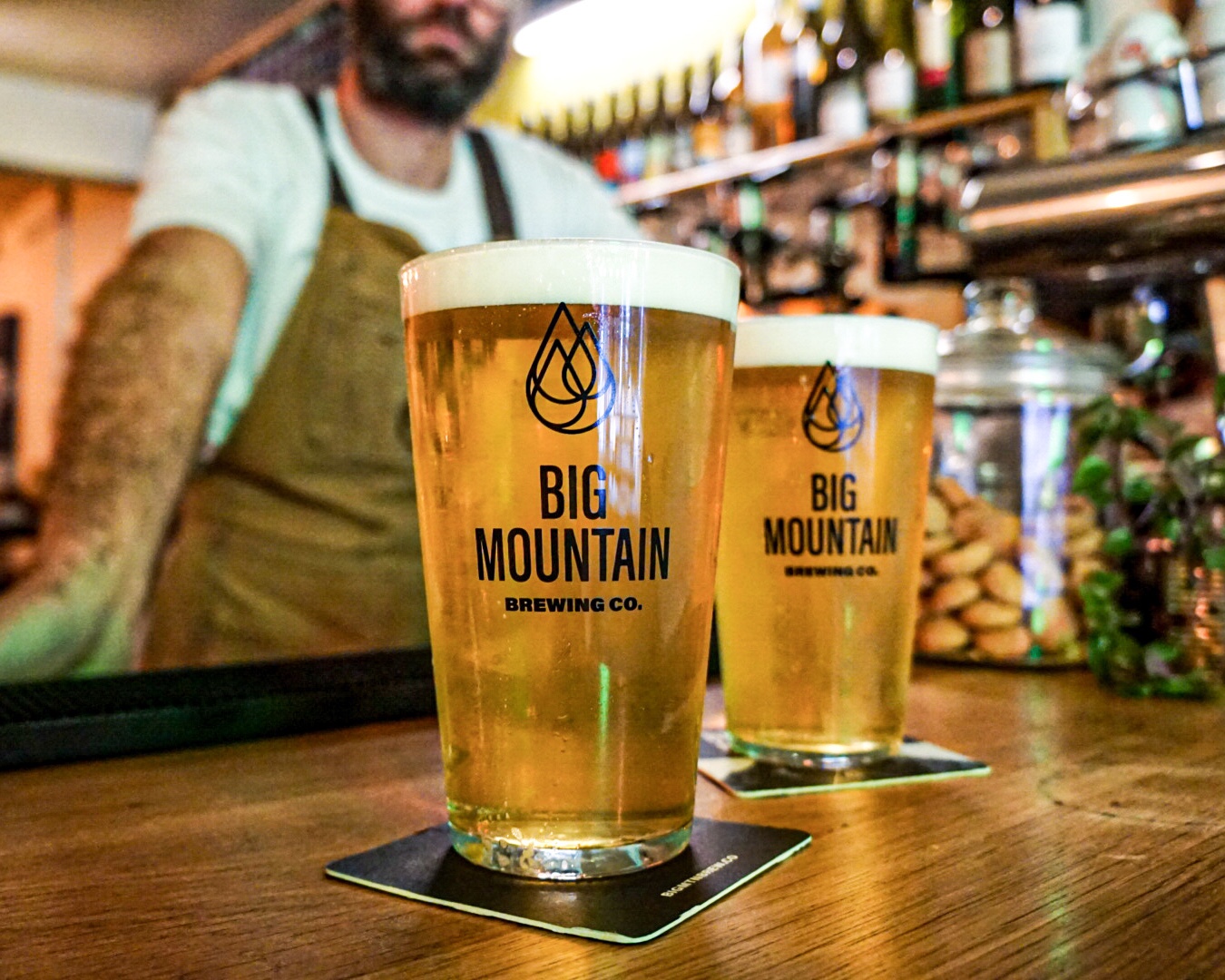
The Brewery:
Big Mountain Brewing Co. is a must-visit brewery. It’s located in the Chamonix region of France, and regardless of the season the mountains and environment have so much to offer in terms of your experience. Mont Blanc is a premier skiing location and home to the world’s first Winter Olympics which really makes the location something special.
What To Drink:
The brewery has a great selection of IPAs spanning a wide range of percentages, including a 1.8% micro which is great as a post-hike refresher. The brand focuses on sustainability as well, which is very important in such a location and industry that taps into the environment.
Kellerwald Forchheim in Forchheim, Germany — Ryan Pachmayer, head brewer at Yak & Yeti Brewpub and Restaurant
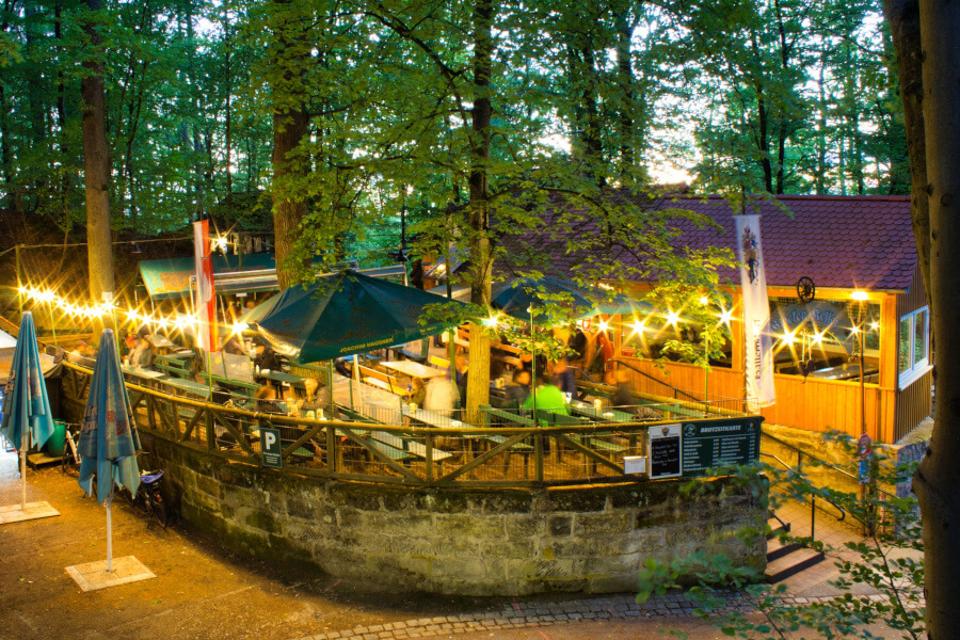
The Brewery:
In Germany, I would really suggest visiting the Kellerwald in Forchheim. It’s about a 20-minute train ride south of Bamberg, and around two hours north of Munich. There are over twenty beer “kellers” (real underground beer lagers) dug into the hillside with over a dozen individual breweries represented. If you don’t go during summer’s Annafest, where all the breweries are represented, you may only get to experience a handful of these breweries during the warm season, but the atmosphere is second to none.
What To Drink:
They bill it as the world’s largest beer garden, and whether or not that is true, it is a special place to experience and drink the beer. If you’re there at a particularly slow time, ask for a tour of a keller. They don’t all connect to each other anymore, but in my experience, the hosts are plenty eager to show off these historic tunnels. The quality of beer will vary considerably here, so either do some research or just go in looking for beer from a smaller, local producer, such as Eichhorn. The larger Löwenbräu is also quite good.
Klosterbrauerei Andechs in Andechs, Germany — John Trogner, brewmaster and co-founder at Tröegs Independent Brewing
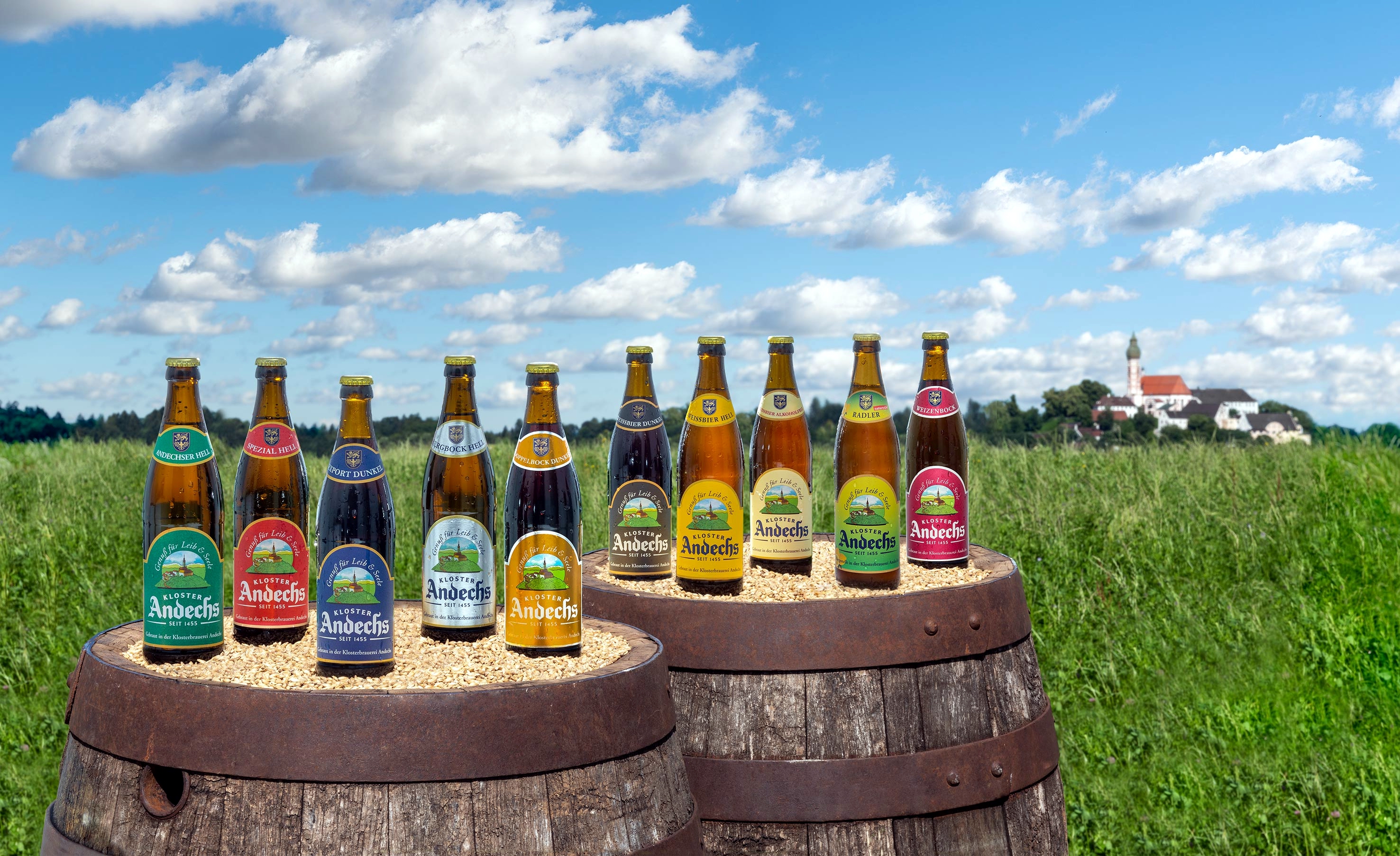
The Brewery:
Back in the very early days of Tröegs, my brother and I each trekked across Germany, hitting small breweries and pubs in regions known for specific beer styles. About an hour southwest of Munich is Andechs, a monastic brewery at the top of a mountain that’s been around for more than 500 years.
What To Drink:
The view from the beer garden was amazing and the beers were life-changing, but the one that stood out to us was a doppelbock. We were shocked that a beer could be so strong yet still be delicate and complex. Soon after we got home, Troegenator started taking shape. It’s the beer that built our brewery and it exists because of our experience at Andechs.
Tiny Rebel Brewery in Newport, Wales — Josh Bartlett at Learning to Homebrew
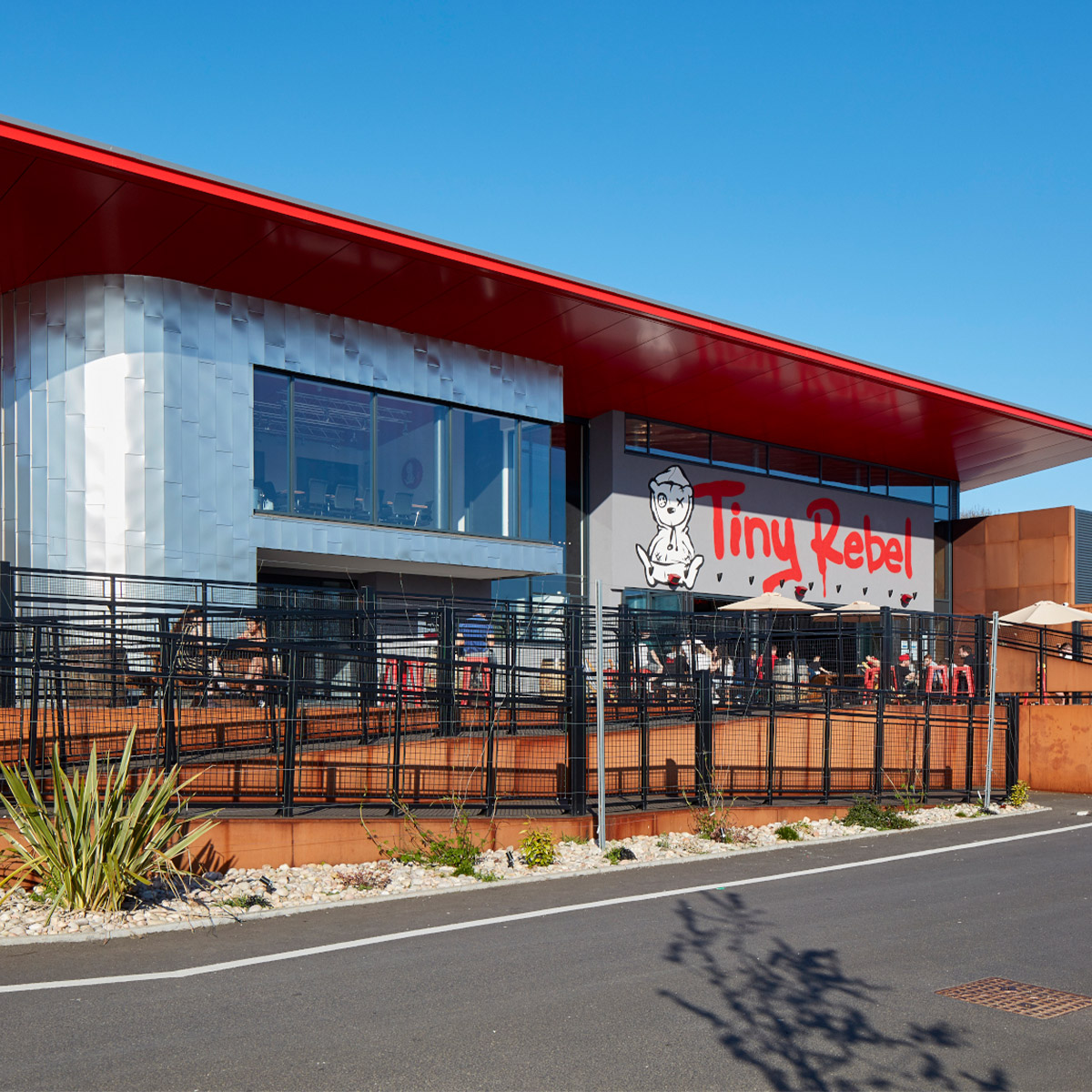
The Brewery:
If you find yourself on the other side of the pond in the United Kingdom, you should pop over to South Wales and visit the flagship location of Tiny Rebel Brewery. A positively brand-new bar by European standards (eight years ago to be precise), Tiny Rebel has won countless national awards not only for their beer but also their food and overall bar atmosphere. Head in for a pint and bring home one of their amazing souvenirs.
What To Drink:
If you visit Tiny Rebel, you’ll probably want to try everything (and you should). But you absolutely must try their ESB (Extra Special Bitter) and Cream Stout. Other great choices include their take on the English IPA as well as a tropical fruit-filled IPA called CLWB Tropica.
Schlenkerla in Bamberg, Germany — Phil Markowski, brewmaster at Two Roads Brewing

The Brewery:
In many beer aficionados’ minds, Bamberg is all about rauchbier, or smoked beer. There is a lot of truth to that but that’s by no means the full story. The best known is Schlenkerla, in part because they export and because they’ve been around a long time. The brewery bierstube (tavern) in the center of town is a classic place.
What To Drink:
Their rauchbier is arguably the most assertive. Dark, highly smoked with more than a hint of bacon-like aromatics and flavor. But, if you prefer your beer less smoky, Schlenkerla also brews other beers including a doppelbock and a lightly smoky helles lager.
Brasserie-Brouwerij Cantillon in Brussels, Belgium — Bryan Donaldson, brewing innovation manager at Lagunitas Brewing Company
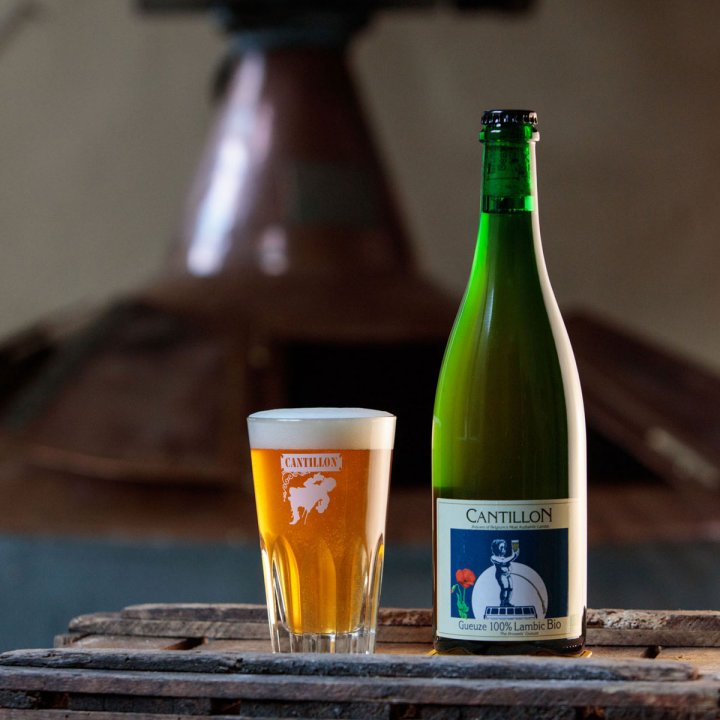
The Brewery:
This one won’t be controversial, but Brasserie Cantillon (aka Musée Bruxellois de la Gueuze) can’t be missed. The amount of history in that building is truly amazing. While gueuze is somewhat of a niche style, every fan of beer should be aware of what it is and how it is made because it shows a bit of the path to where we are today. Depending on when you visit and what is being harvested, you are likely to see a group of people sitting around cutting up fruit for one of the beers.
What To Drink:
A brief tour leads you to the tasting room (though you can skip the tour) where you can sample a number of beers or buy bottles to share (and share you should). On your way out the door, be sure to pick up some bottles for your cellar. If you are lucky, they will have a special release that day. I won’t stress a “best beer” because, honestly, they are all delicious — as long as you enjoy a good sour.
Herzoglich Barfishes Brauhaus Tegernsee in Tegernsee, Germany — Parker Penley, lead innovation brewer at Widmer Brothers
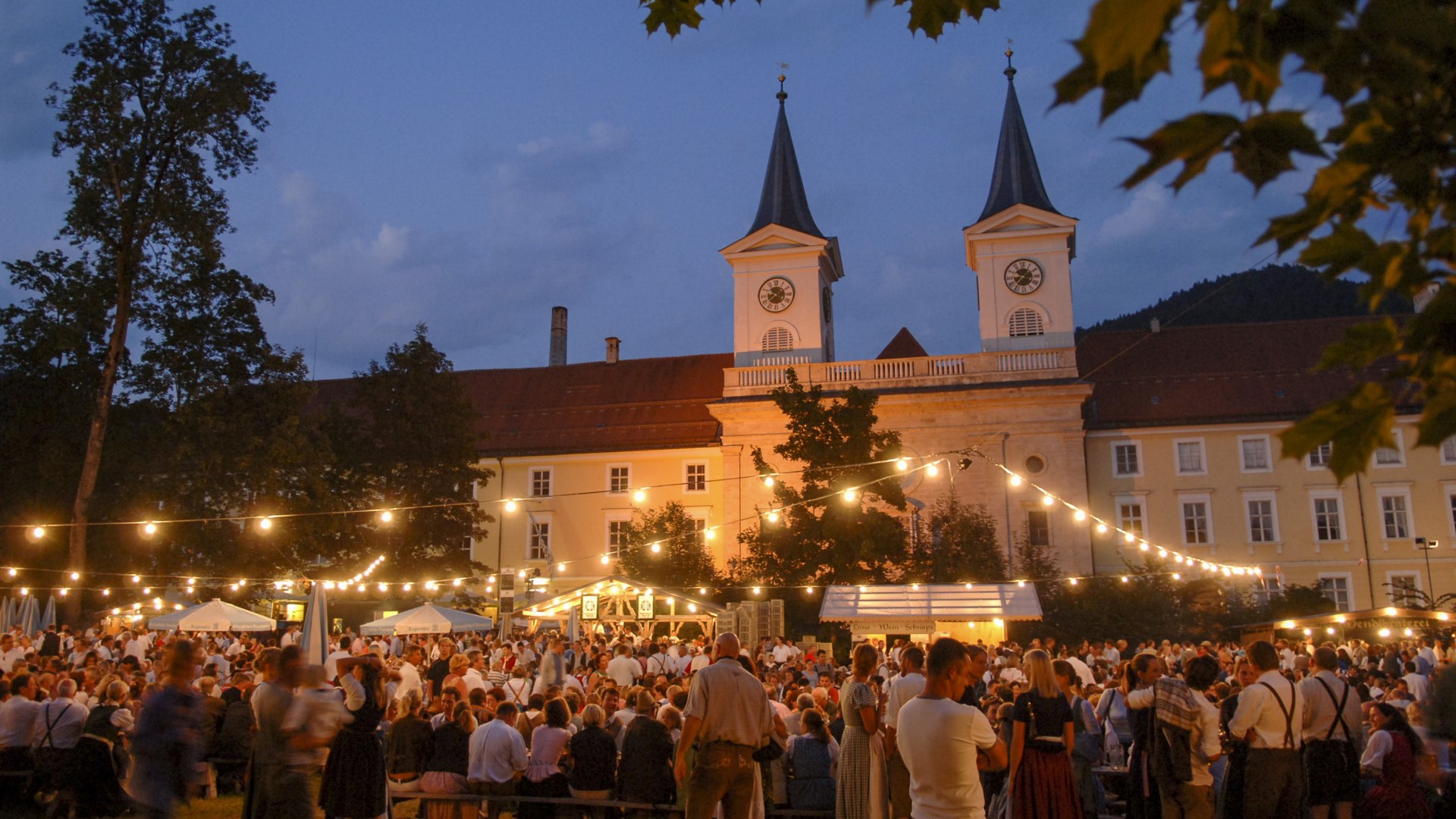
The Brewery:
Herzoglich Bayerisches Brauhaus Tegernsee is an incredible brewery on a lake right outside of Munich. Head out of the main city and try some beautiful Bavarian beer. Like many European breweries, this one’s history can be traced back to monks. While some claim that brewing was happening as early as 1050, official documents list it around 1675.
What To Drink:
They also just happen to make one of my favorite helles. Bready malts, yeast, herbal, floral hops, and totally crushable. This beer alone is worth a trip to the brewery. Not to mention all the other great beers made by this iconic brewery.
Warpigs Brewpub Mickkeller Brewing Company in Copenhagen, Denmark — Christopher Osburn, Uproxx
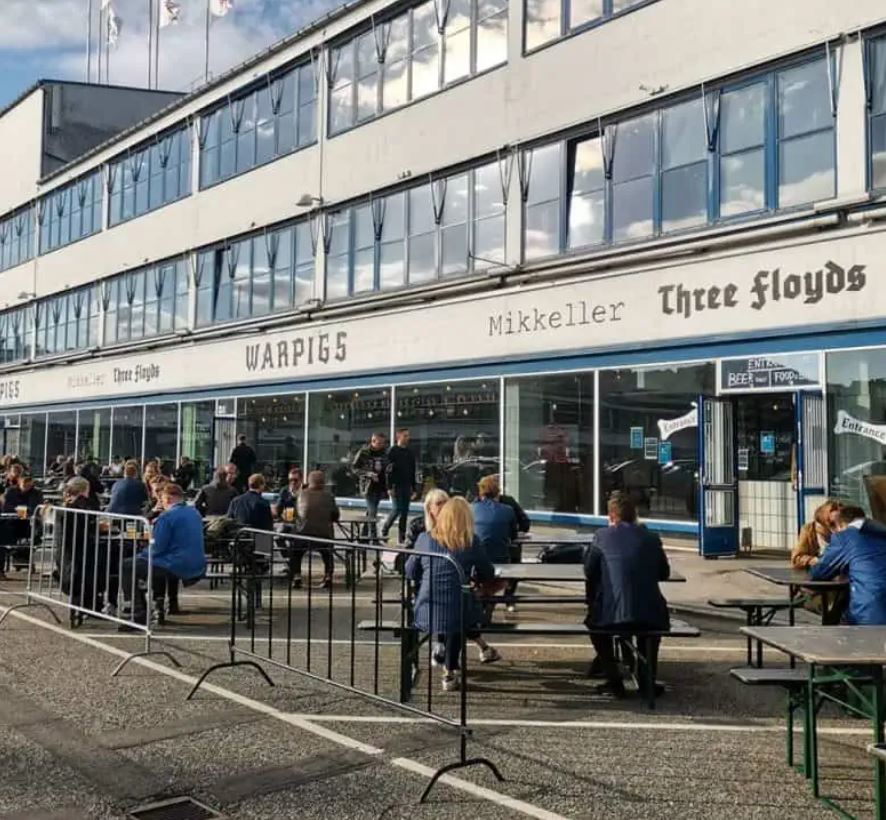
The Brewery:
This now world-renowned craft brewing company was founded by a former teacher named Mikkel Borg Bjergsø in 2006. It began as a bit of a nomad brand, collaborating with other breweries. Now, the company has multiple different breweries and brewpubs throughout the world, but its heart is in Copenhagen. This is where Warpigs Brewpub is located.
What To Drink:
It’s a place to eat Texas-style barbecue and enjoy IPAs, stouts, a rotation of locally made beers, and guest taps. It’s as close to beer paradise as you can get. It helps that Copenhagen is a pretty exciting city anyway.
